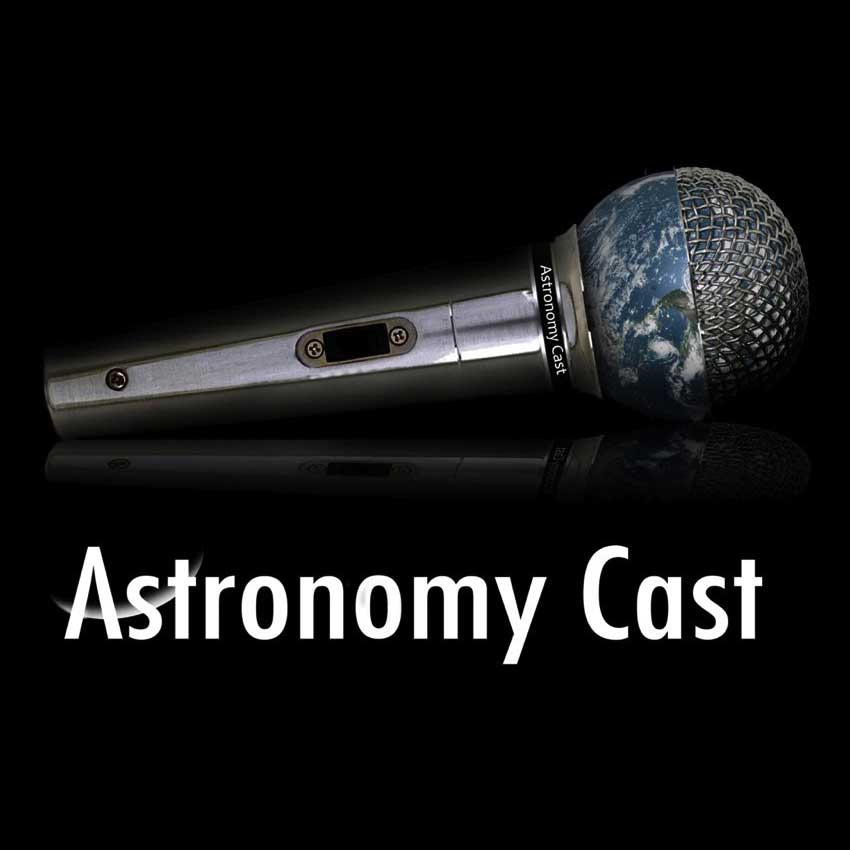Mars is cold and dead today, but the massive volcanoes tell us what the planet used to be like, millions and even billions of years ago. But how volcanically active is the planet today? That’s what NASA’s Mars InSight lander is there to figure out.


Mars is cold and dead today, but the massive volcanoes tell us what the planet used to be like, millions and even billions of years ago. But how volcanically active is the planet today? That’s what NASA’s Mars InSight lander is there to figure out.

Have you ever wanted to be a time traveler? Well, good news! You’re time traveling right now. Into the future at one second per second. Today, let’s talk about the weird world of time dilation.

Last week we talked about balloon-based astronomy. This week we’re gonna talk about putting telescopes on rockets and making observations mid flight. Welcome to the wild world of sounding rockets.


This week @AstronomyCast will discuss about the other end of the electromagnetic spectrum and explore the longer radio waves which are now accessible.

The Earth’s atmosphere protects us from a Universe that is definitely trying to kill us. But it also blocks our view of the entire cosmos, like seeing X-rays and gamma radiation. Space telescopes are changing our view of the most extreme events in the Universe.

Right now, one third of humanity lives in so much light pollution that they can’t see the Milky Way without a drive. And now satellite constellations are adding additional light pollution, even in the darkest skies on Earth.

We talk a lot about telescopes, but you really don’t need any special equipment to appreciate what the night sky has to offer. Let’s talk about what kinds of things you can see with just your eyes.

Our lives are ruled by calendars. And calendars are ruled by astronomy. Let’s discover the astronomy underlying the days, weeks, months and years that segment our lives.

Today we are gonna gaze into the future of space and astronomy. What upcoming missions & events are we excited about?